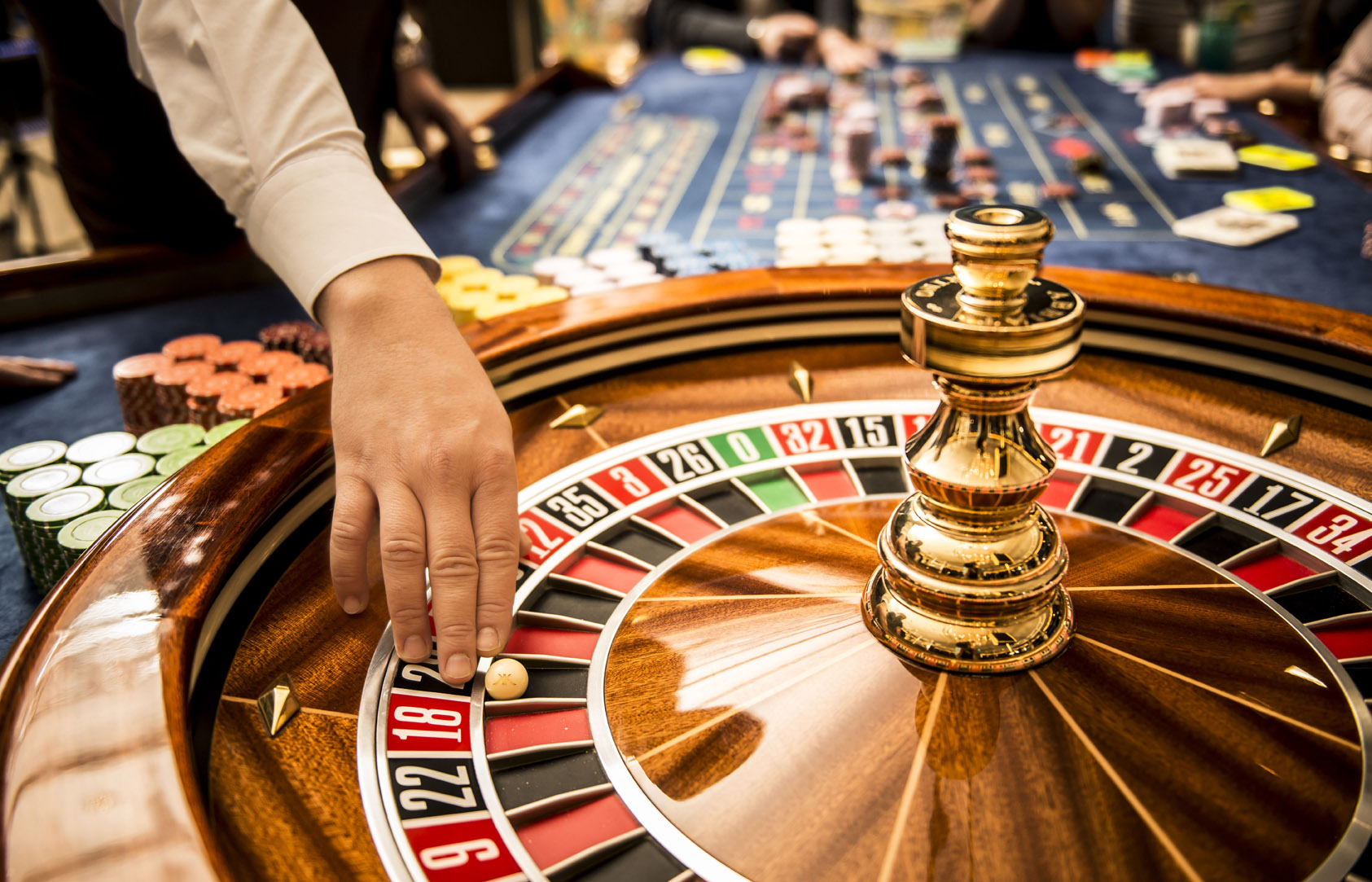An Encounter of Game Mechanics in Gambling Experiences
The sphere of gambling games has long captivated players with its combination of excitement, strategy, and the suspense of luck. With technology progresses and the gambling landscape evolves, an exciting approach known as gamification has started to redefine the way we interact with these iconic games. By including game-like elements such as tasks, prizes, and monitoring advancement, gamification raises participant interaction and changes the old-fashioned casino environment into a more dynamic and engaging space.
Gamification in gambling entertainment not only draws to seasoned gamblers but also attracts a new group of participants who want a much engaging adventure. With elements that promote participation and build community among players, the game-based features breathe new life into beloved classics like poker, blackjack, and fruit machines. In we delve deeper into this trend, we will explore how gamification is redefining the casino atmosphere, making it far accessible, fun, and rewarding for all participating.
Grasping Game Elements
Gamification denotes the application of game-like features in non-game contexts to improve user involvement and interaction. In the realm of gambling, this concept has gained considerable attention, transforming conventional gaming into a much engaging and fulfilling adventure. By incorporating components such as tokens, levels, and rewards, casinos can build an environment that motivates players to participate more frequently and for extended times.
At the center of this concept is the urge to tap into the natural motivations of players. Casino games that employ gamification methods are shaped to not only amuse but also to promote competition and achievement. Players are often compelled to the prompt feedback and advancement monitoring that these features provide. This not only retains them engaged but also fosters a sense of success as they attain milestones and access fresh aspects.
Additionally, gamification can boost social engagement among players, cultivating a social atmosphere that improves the enjoyment of gaming experiences. Elements such as ranking systems, team challenges, and collaborative tasks allow players to link with others, share stories, and compete in a friendly manner. This social aspect adds an extra layer to the gaming experience, rendering it more captivating and satisfying for gamers.
Impact on User Engagement
Gaming techniques methods in gaming establishments have remarkably altered the way users interact with their beloved pastimes. By incorporating features such as incentives, scoreboards, and accomplishment icons, gaming platforms create an setting that promotes a more profound relationship between gamers and the experiences they prefer. This increased engagement contributes to extended gaming time and heightened player loyalty, as players endeavor to unlock new levels or claim unique bonuses.
Furthermore, the communal feature of game-based casino games cannot be dismissed. Several platforms allow players to compete against others or other users, which introduces a level of anticipation and camaraderie. This contest drives engagement by appealing into users’ desire to win, motivating them to come back for additional in order to raise their standings or showcase their successes. As a result, the connections between players foster a feeling of community that motivates players coming back.
Furthermore, the prompt responses and recognition provided by interactive features serve to inspire users. It may be a alert of a recent milestone or the excitement of earning a prize, these instant rewards play a essential role in maintaining attention. By continually rewarding users for their actions, casino games become greater than a hobby; they transform into an immersive engagement that entices players and boosts their overall enjoyment.
Trends in Casino Game Design
The entire landscape of casino game design is constantly evolving, driven by tech innovations and changing player preferences. One notable trend is the incorporation of interactive technologies, such as VR reality and augmented reality, to enhance the gaming experience. These technologies create a more engaging environment, enabling players to perceive as though they are in a real casino, which can lead to prolonged play sessions and heightened player satisfaction.
A further trend is the incorporation of storytelling elements into casino games. Game designers are focusing on storytelling to create a deeper connection between the player and the game. This narrative-driven approach not only makes the games more enjoyable but also encourages players to engage emotionally, which can enhance their complete experience. By blending traditional gaming mechanics with engaging stories, developers are attracting a wider audience who may not have before engaged with casino games.

Lastly, the emergence of social gaming features is reshaping how players interact with casino games. Many games now feature social elements, such as broadcasting achievements or challenging with friends, to promote social interaction and engagement. kèo nhà cái This trend reflects a move towards a more interactive experience, where players can connect with others, sharing their enthusiasm and struggles. As casinos adapt to these social dynamics, the experience of gaming becomes not just about solo play, but also about building connections among players.
